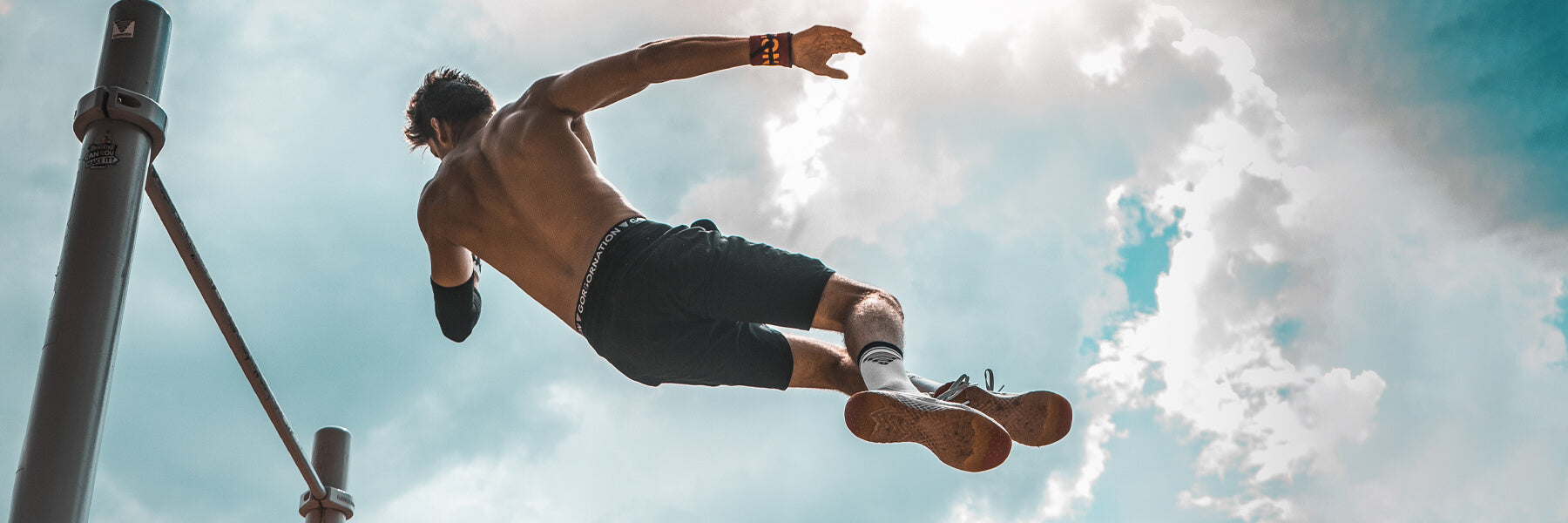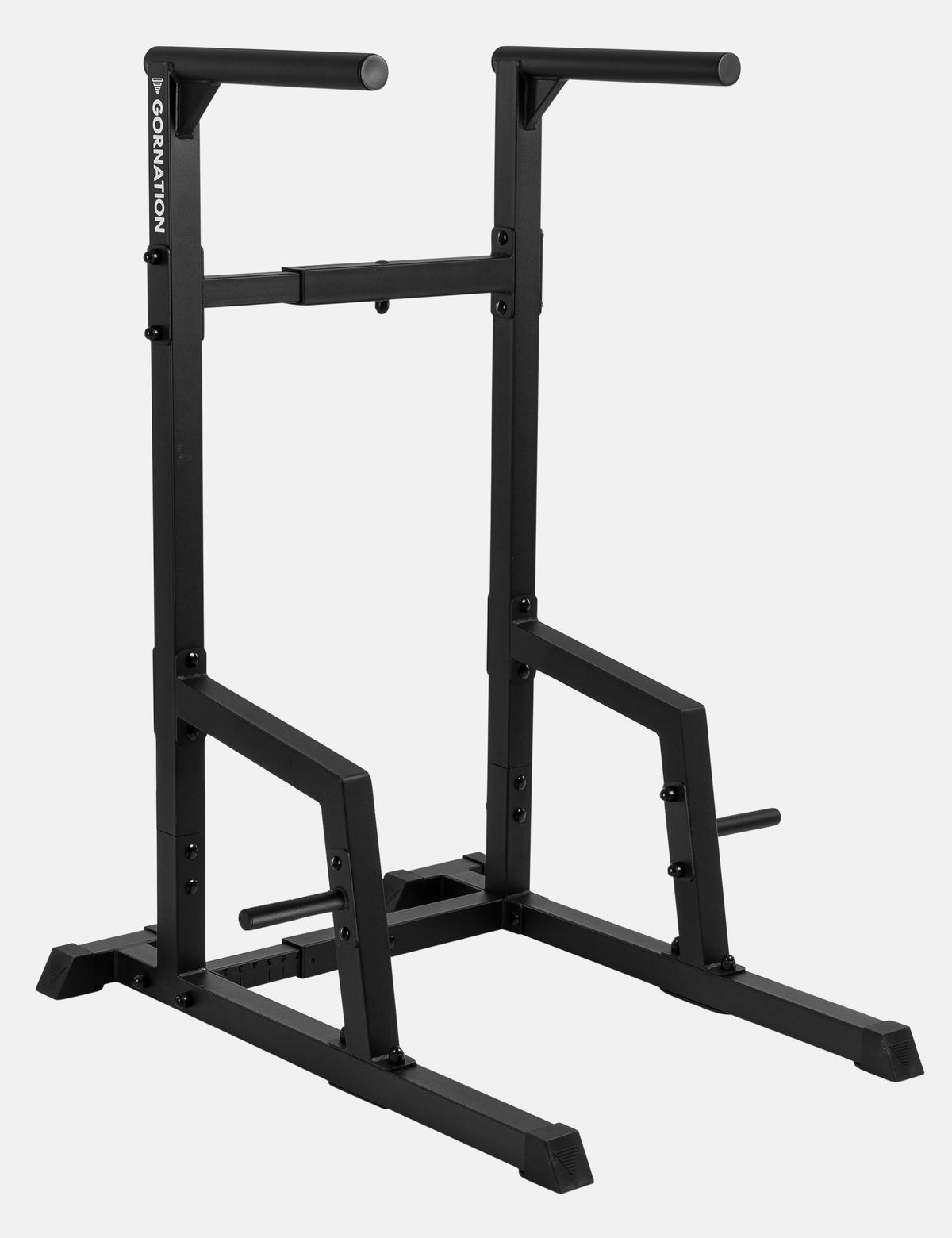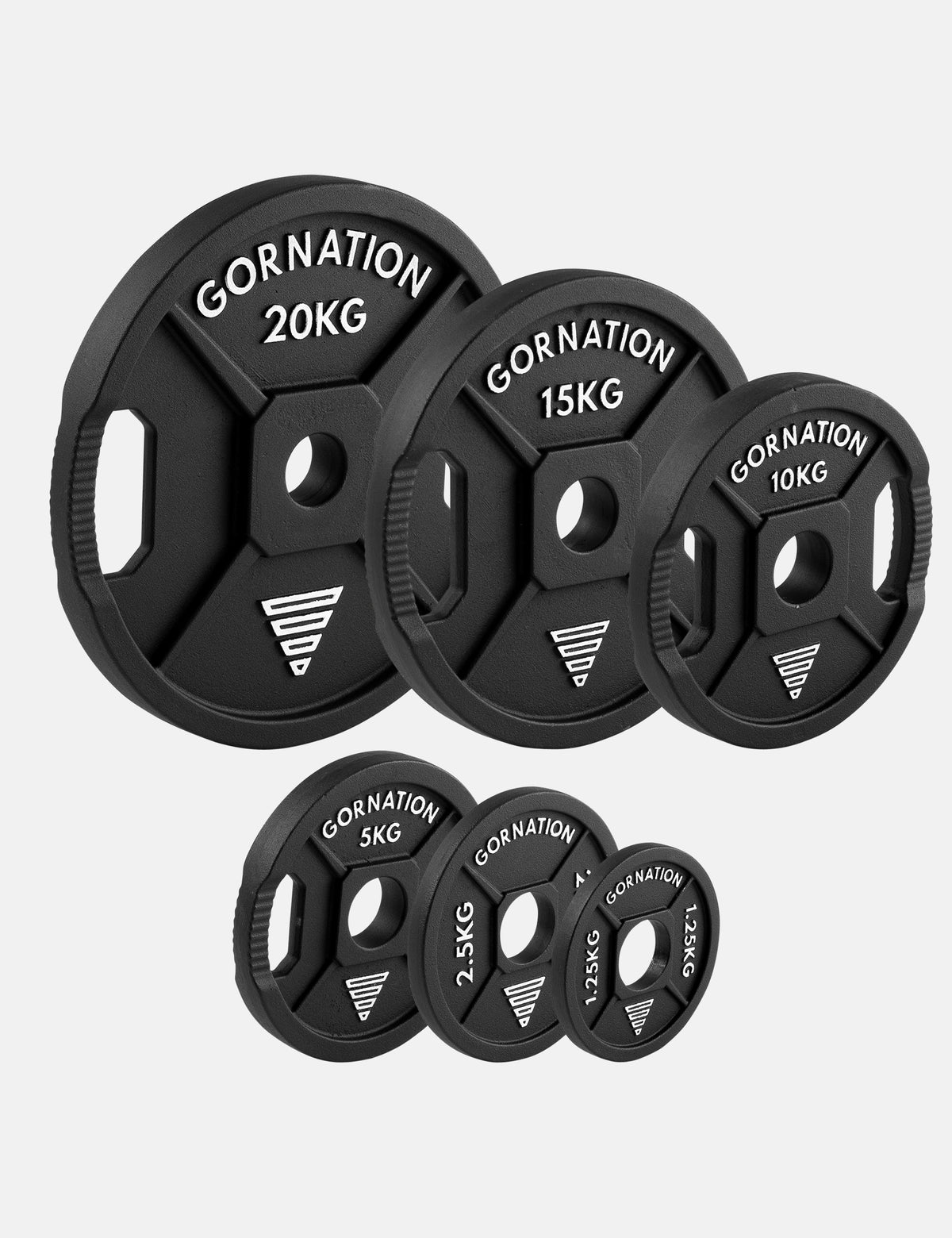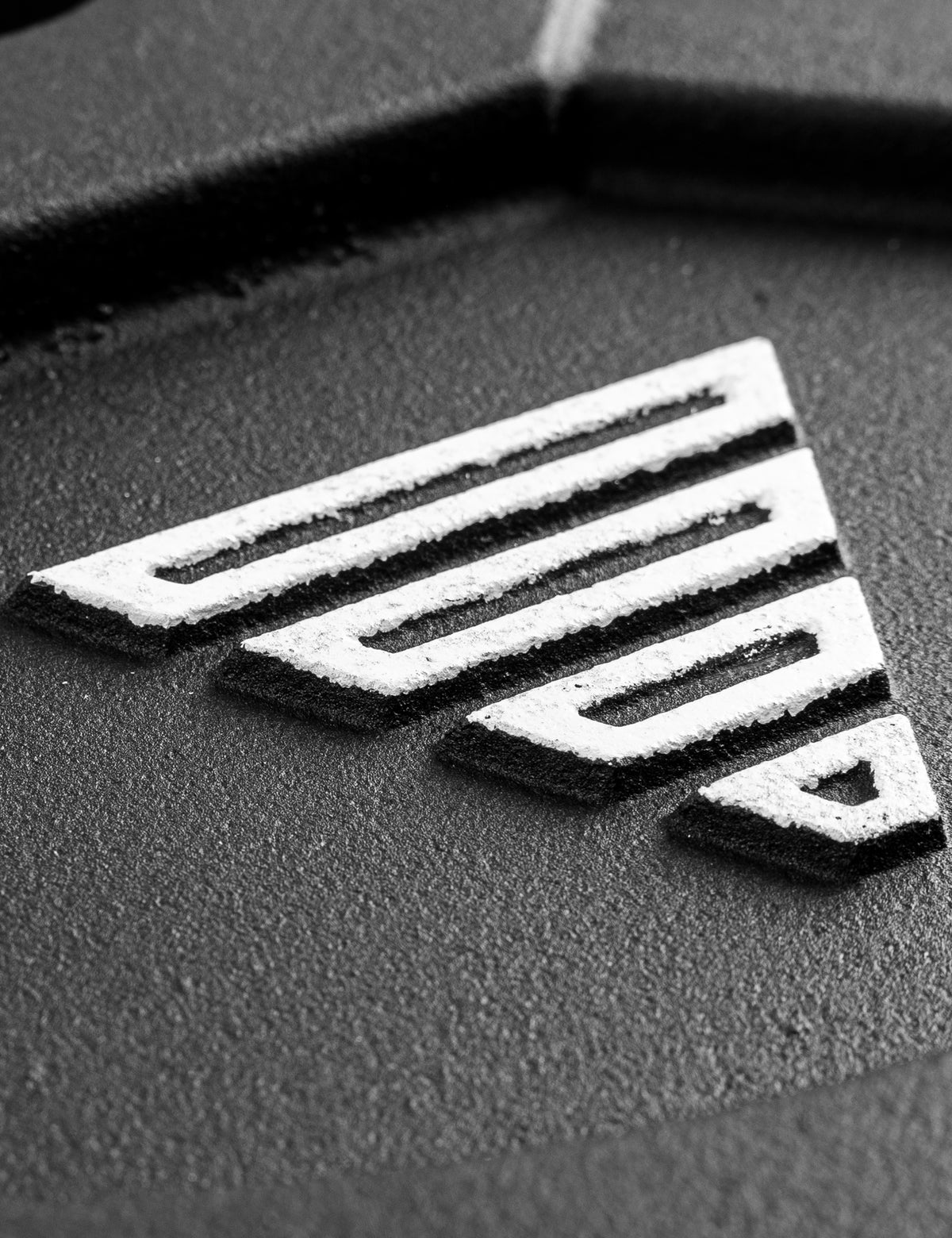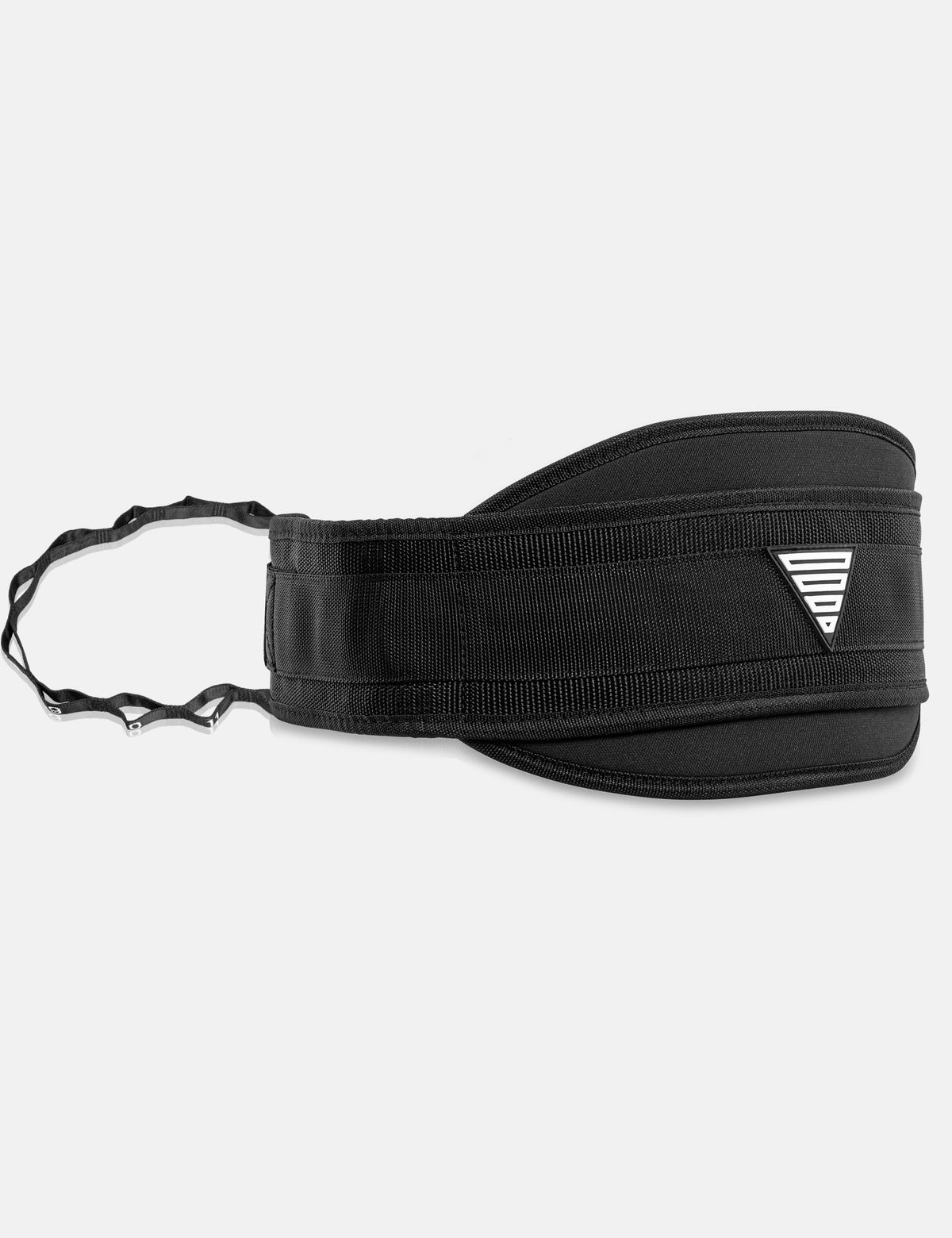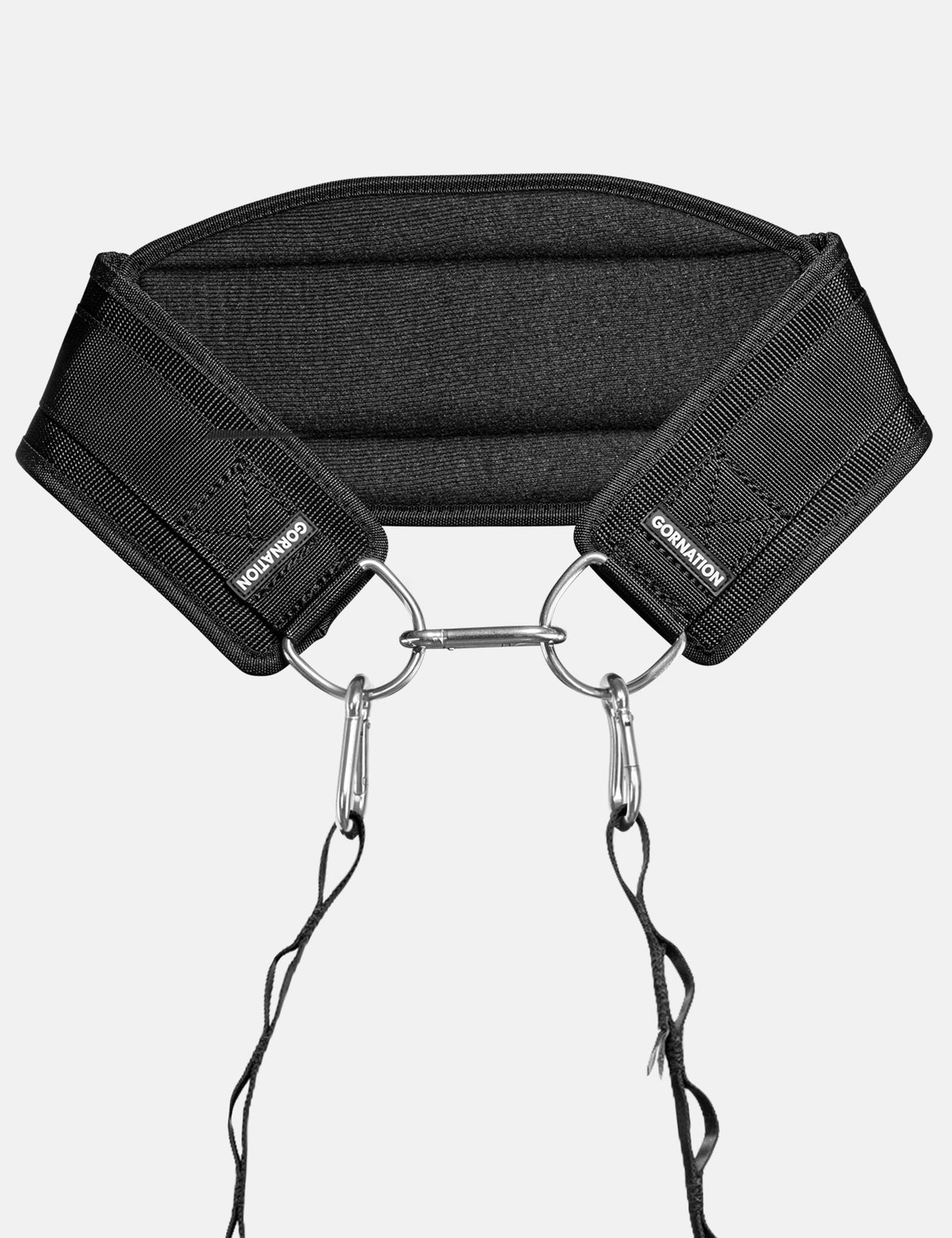Calestitics, Calisthenic or Calistenics? What's that & what's correct?
When hearing about the sport for the first time, most people find it very difficult to pronounce or write the term calisthenics correctly. Terms arise, such as calestitics, calisthenic or calistenics, none of which are correct. To clear up the confusion, this blog article provides clarity and gives you the correct definition and meaning of the sport calisthenics.
The term comes from the Greek and is composed of the words kalos "beautiful" and sthenos "strength". Translated, calisthenics means beautiful strength.

What exactly does beautiful strength or calisthenics mean?
Basically, it's about making difficult bodyweight exercises look easy and experiencing the beautiful strength of the human body. Exercises like human flag, front lever or planche look very aesthetic and are a real eye-catcher. At the same time, these exercises require a lot of strength and body tension. An athlete builds strength with hard and years of training, and then can use it to discover a new area of human strength: "beautiful strength."
Unlike traditional strength training, calisthenics focuses on the interaction of different muscle groups. Strong back muscles are not enough to hold the front lever. The tension must be present throughout the body, and that is what makes this sport so special.

Differences Street Workout and Calisthenics?
Besides the incorrect terms calestitics or calistenics, there is another correct term: "street workout". There is much debate about whether street workout and calisthenics mean the same thing. For many athletes this is the case, however many also believe that both terms describe the sport differently. It also depends on the geographical location, which name is given to the sport. In Ukraine, for example, the term street workout is mainly used, whereas in Germany you hear calisthenics more often.
What are the main areas in Calisthenics?
The main categories in calisthenics are freestyle calisthenics, statics, weighted calisthenics and endurance. If you want to know which category suits you best, you will find it in our blog articles on the different types of calisthenics. There we go more into detail and explain each category.
No matter which category you choose, you should always start with the basics, such as pull-ups, push-ups, dips and squats. If these are too difficult, there are several options you can use to help you get started. Equipment like resistance bands, parallettes, or workout rings will get you started. Even though calisthenics specializes in training with your own bodyweight, many athletes often use additional weight to make certain exercises more difficult. If you want to stick with your bodyweight, you can focus more on difficult skills, like front levers or planches. Skill training challenges your body immensely and builds strength and muscle.

 | 5.000+ Reviews
| 5.000+ Reviews
 Free EU Shipping above 100€*
Free EU Shipping above 100€*
 300.000+ Customers Worldwide
300.000+ Customers Worldwide




